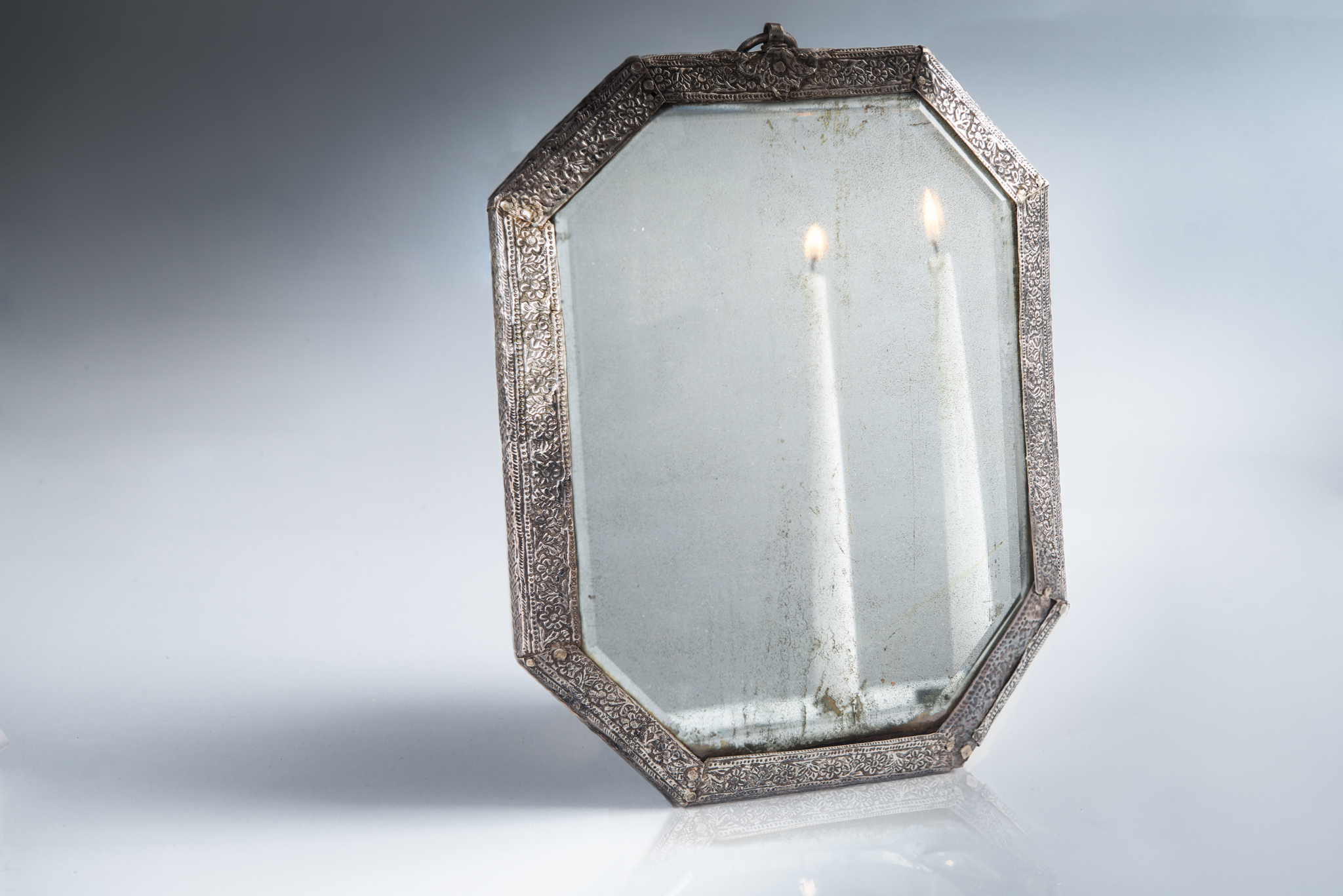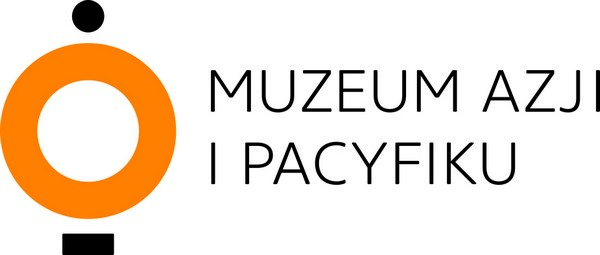Mirror
Afghanistan, 19th c.
silver, wood, crystal glass
MAP 3345
The mirror is an object related to the celebration of Nouruz – The Persian New Year, celebrated on March 21, on the spring solstice day. The mirror is placed at the center of the feast table.
The history of Nouruz holiday is at least three thousand years old. It was known in the Zoroastrian, Manichaean tradition. Its importance was maintained after the adoption of Islam in this area. Apart from present Iran, it is also celebrated in Tajikistan and Afghanistan. After the new year begin, the celebration lasts thirteen days, but the preparations start much earlier. Various rituals are associated with it, and they are symbolically referring to the victory of good over evil, light over darkness and spring over winter.
A specially set table is a characteristic element of this holiday, at which the family gathers in anticipation of the beginning of the new year. The table is called “Haft sin” witch means “Seven sin”- it is because there must be seven objects on it, whose names begin with the Persian letter س „sin”. According to the most popular set, they may be: sabze – germinating green seeds, samanu – a type of wheat dessert, senjed – dried fruits of Persian olive, serke – vinegar, sib – apple, sir – garlic, sekka – coins. Except that, on the table there are flowers, a book (Koran, Hafiz poems or “The Book of Kings” by Firdausi), hand-painted eggs or a gold fish in a glass ball. At the center there is a mirror and candles on both sides.
The origin of “Haft Sin” is not clear, in the present form the practice is known probably for about 100 years. Each item symbolizes special importance, mainly related to fertility, renewal and life energy. The symbolism of the mirror on the other hand refers to clarity or enlightenment, sometimes it is interpreted in the spirit of mysticism as an order to “stop and look into yourself”.

![grafika z tekstem [journeys to the east]](https://www.muzeumazji.pl/maip/uploads/2022/08/baner_strona_english_tn-1140x220.jpg)


